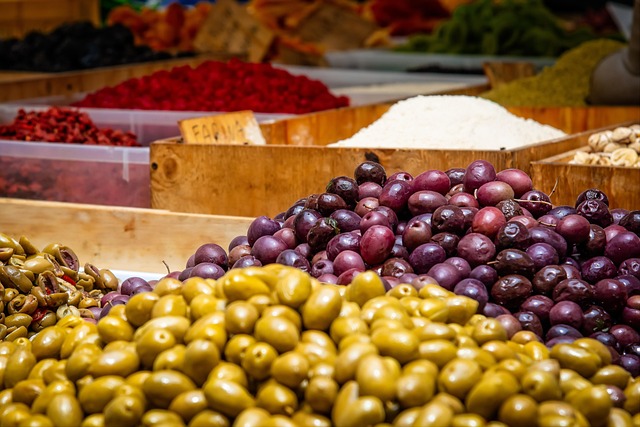In a world grappling with the challenges of climate change, the call for sustainable development has never been more pressing. As individuals and communities seek to reduce their ecological footprint, the movement towards utilizing local ingredients has emerged as a groundbreaking trend in innovation. Embracing local ingredients not only fosters regional economies but also plays a significant role in the quest for a carbon-neutral future.
The journey towards sustainability often begins in our own backyards. By prioritizing local ingredients, we diminish the need for long-distance transportation, which is a major contributor to carbon emissions. When we consume products sourced from nearby farms or local artisans, we are supporting the local economy while minimizing the significant carbon footprint associated with global supply chains. This practice also reduces the energy expended in preserving food over lengthy journeys. In essence, by turning to local ingredients, we are taking a concrete step towards a greener planet.
Recent technological advancements have made it easier than ever to integrate local ingredient sourcing within various sectors, from food production to textiles. For instance, innovations in agriculture, such as vertical farming and permaculture, enable communities to grow fresh ingredients year-round. These green technologies not only reduce dependence on imported goods but also promote biodiversity by encouraging the cultivation of native crops. By harnessing these innovations, we can transform our culinary landscapes and create sustainable alternatives that resonate with our commitment to the environment.
Moreover, local ingredients can elevate the culinary arts, allowing chefs and food enthusiasts to experiment creatively. By utilizing fresh, seasonal produce, they can develop unique flavors reflective of their region’s culture and heritage. This culinary renaissance fosters a deeper connection between people and their food, cultivating a culture of mindfulness around consumption. With every bite of a meal prepared from local ingredients, consumers can feel empowered, knowing they are contributing to a more sustainable future.
As we continue innovating, it is essential to recognize that the impact of local ingredients extends beyond just food. In the realm of fashion, for example, designers are increasingly sourcing materials locally, embracing sustainable fibers, and reducing their reliance on environmentally damaging practices. By doing so, they not only mitigate their ecological footprint but also craft products that resonate with the values of conscious consumers.
Furthermore, various initiatives and cooperatives are emerging, bringing local producers together to create vibrant marketplaces that celebrate local craftsmanship. These platforms not only promote sustainable practices but also serve as educational spaces where community members can learn about the significance of choosing local. Through workshops, cooking classes, and community gatherings, knowledge is shared, and a sense of belonging is cultivated, creating a ripple effect of positive change within communities.
The emphasis on local ingredients is more than just a trend; it represents a shift in mindset—one that prioritizes environmental stewardship and fosters a sense of community. As we advocate for a carbon-neutral future, we must recognize the power that resides within our immediate surroundings. By choosing local ingredients, we are reclaiming our connection to the Earth, paving the way for sustainable development and inspiring future generations to do the same.




